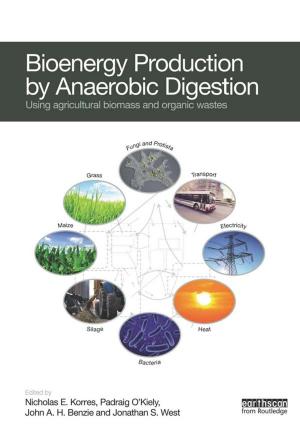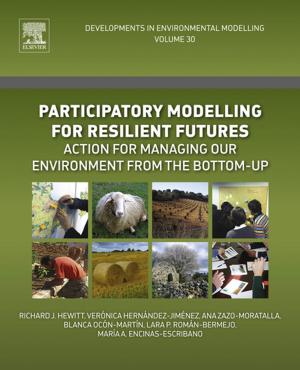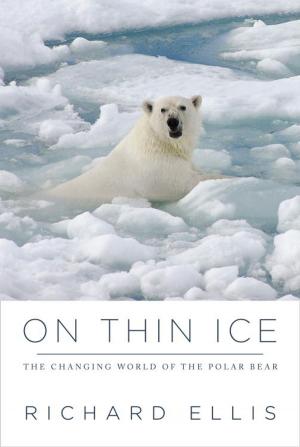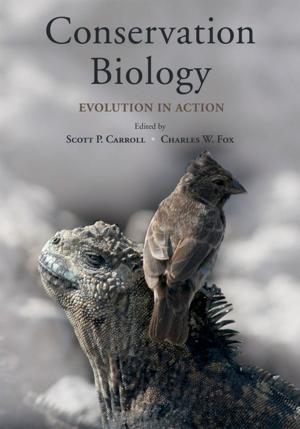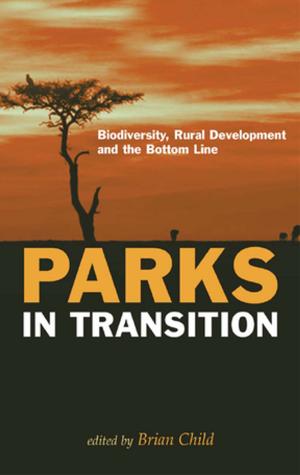Passenger Pigeons and Their Extinction
Nonfiction, Science & Nature, Science, Biological Sciences, Microbiology, Environmental Science| Author: | Bruce Wright | ISBN: | 9781301907472 |
| Publisher: | Bruce Wright | Publication: | June 7, 2013 |
| Imprint: | Smashwords Edition | Language: | English |
| Author: | Bruce Wright |
| ISBN: | 9781301907472 |
| Publisher: | Bruce Wright |
| Publication: | June 7, 2013 |
| Imprint: | Smashwords Edition |
| Language: | English |
No other human-caused extinction event has been as spectacular and as pervasive in the literature as that of the passenger pigeon (Ectopistes migratorius). However, documentation of this event relies on personal journals, newspaper and magazine articles, and a few volumes that summarize some of the events after the passenger pigeons were extinct. The prevalent message from most of the articles is that passenger pigeons, once the most abundant bird on the planet, went extinct because humans pressed forward with their desire to conquer all that was before them, in this case, the New World, and without considering the consequences. Passenger pigeons were a keystone species is what is now known as the eastern United States and portions of eastern Canada and Mexico; they drove the ecosystem, were pursued by a huge suite of predators, including Native Americans, and were of such numbers, 3-5 billion birds, they were a dominating force which must have manipulated their ecosystem with a randomness as variable as their vast and sky-blackening migrations (see Wilson 1812). Their migrations of millions of birds were necessary as they pursued berries, and fall crops of mast, mostly beechnuts (Fagus grandifolia) and acorns (Quercus spp.). Passenger pigeons were defined by their movements throughout the eastern section of North America; they spent much of their time in search of patches of mast.
Observers of the demise of passenger pigeons noted loss of habitat and over-harvest (hunting) as readily identified factors leading to their extinction. Audubon (1844) mentioned starvation and predation as possible factors. Less obvious population factors are contaminants, competition, and disease. I found evidence from reports that cast some doubt on all these factors as causes of the extinction of passenger pigeons, except disease for which I found no contradictory evidence. I think that an introduced disease caused the extinction of passenger pigeons, even if other factors exacerbated the population crash on various scales. In this book I will present an overview of what we know about passenger pigeons, and I will consider possible consequences resulting in the extinction of these interesting birds. I will provide evidence and present a disease model that helps explain how disease was the preeminent cause that led to the rapid and complete elimination of passenger pigeons in the short 30 year period at the end of the 19th century.
No other human-caused extinction event has been as spectacular and as pervasive in the literature as that of the passenger pigeon (Ectopistes migratorius). However, documentation of this event relies on personal journals, newspaper and magazine articles, and a few volumes that summarize some of the events after the passenger pigeons were extinct. The prevalent message from most of the articles is that passenger pigeons, once the most abundant bird on the planet, went extinct because humans pressed forward with their desire to conquer all that was before them, in this case, the New World, and without considering the consequences. Passenger pigeons were a keystone species is what is now known as the eastern United States and portions of eastern Canada and Mexico; they drove the ecosystem, were pursued by a huge suite of predators, including Native Americans, and were of such numbers, 3-5 billion birds, they were a dominating force which must have manipulated their ecosystem with a randomness as variable as their vast and sky-blackening migrations (see Wilson 1812). Their migrations of millions of birds were necessary as they pursued berries, and fall crops of mast, mostly beechnuts (Fagus grandifolia) and acorns (Quercus spp.). Passenger pigeons were defined by their movements throughout the eastern section of North America; they spent much of their time in search of patches of mast.
Observers of the demise of passenger pigeons noted loss of habitat and over-harvest (hunting) as readily identified factors leading to their extinction. Audubon (1844) mentioned starvation and predation as possible factors. Less obvious population factors are contaminants, competition, and disease. I found evidence from reports that cast some doubt on all these factors as causes of the extinction of passenger pigeons, except disease for which I found no contradictory evidence. I think that an introduced disease caused the extinction of passenger pigeons, even if other factors exacerbated the population crash on various scales. In this book I will present an overview of what we know about passenger pigeons, and I will consider possible consequences resulting in the extinction of these interesting birds. I will provide evidence and present a disease model that helps explain how disease was the preeminent cause that led to the rapid and complete elimination of passenger pigeons in the short 30 year period at the end of the 19th century.

